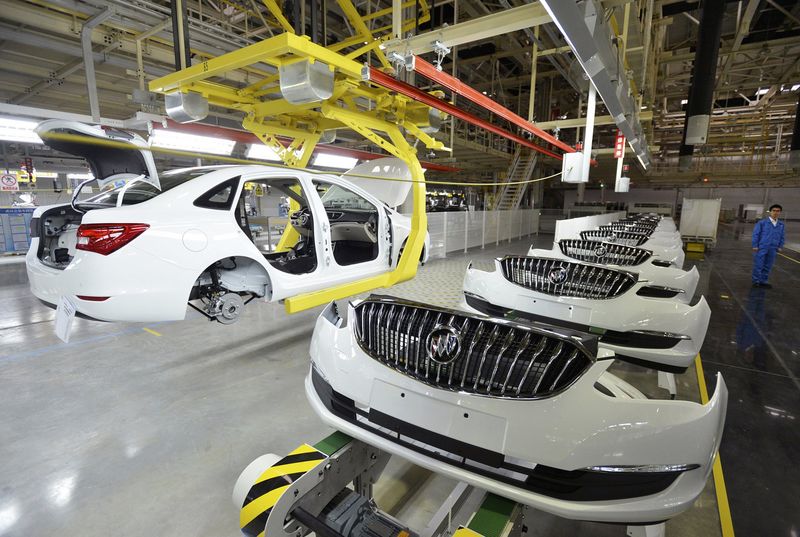WASHINGTON (Reuters) – U.S. wholesale inventories fell more than initially estimated in October, suggesting that inventory investment could be a drag on economic growth this quarter.
The Commerce Department’s Census Bureau said on Thursday that wholesale inventories dropped 0.4%, instead of 0.2% as previously reported last month. Stocks at wholesalers were unchanged in September. Economists polled by Reuters had expected that inventories would be unrevised.
Inventories are a key part of gross domestic product. They decreased 2.3% on a year-on-year basis in October.
Economists expect business inventories to subtract from gross domestic product in the fourth quarter. Private inventory investment contributed 1.40 percentage points to the economy’s 5.2% annualized growth pace in the third quarter. Growth estimates for the October-December quarter are below a 2% rate.
A survey from the Institute for Supply Management last week found that customer inventories had increased “toward the upper end of ‘about right’ territory” in November, suggesting limited scope for businesses to restock at the third-quarter’s clip. Higher interest rates are tamping down demand.
Wholesale motor vehicle inventories were unchanged in October after increasing 0.6% in September. Recently ended strikes by the United Auto Workers union members at General Motors (NYSE:), Ford Motor (NYSE:) and Chrysler parent Stellantis (NYSE:) likely restrained motor vehicle supply.
There were decreases in wholesale stocks of furniture, computer equipment, metals, apparel and hardware. But stocks of machinery, electrical and farm products increased
Excluding autos, wholesale inventories fell 0.4% in October. This component goes into the calculation of GDP.
Sales at wholesalers dropped 1.3% in October after rising 2.0% in September. At October’s sales pace it would take wholesalers 1.34 months to clear shelves. That was up from 1.33 months in September.
Read the full article here











